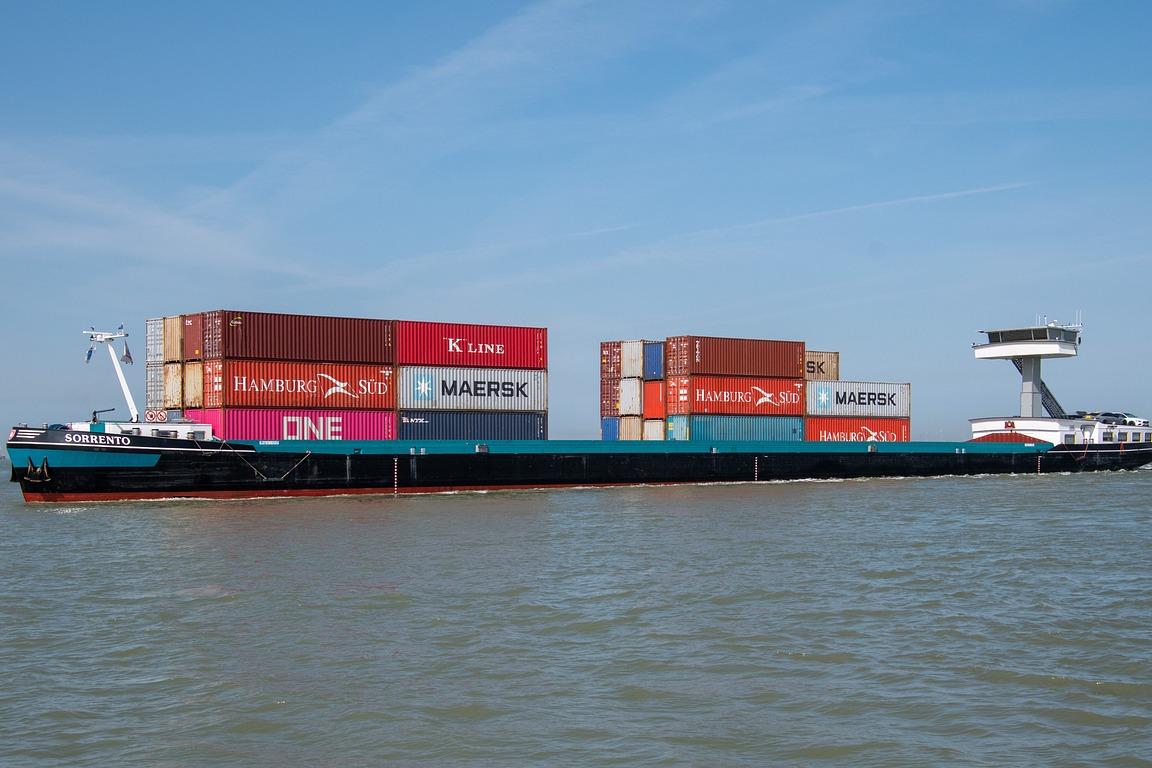
1. How to judge a pet bowlExport agentIII. How Are Agency Export Costs Structured?
When selecting an agent, it is essential to evaluate the following key dimensions:
- Customs data verification: Request to provide genuine customs declaration records from the past two years, verifying practical operational experience with HS codes 39269090 (plastic products) or 73239000 (metal products).
- Review of Qualification Documents: Verify that they hold valid "Foreign Trade Operator Registration Form" and "Exit-Entry"Inspection of vaccines"Record Form for Inspection and Quarantine Enterprise Registration"
- Risk control ability: Determine whether export credit insurance has been purchased, with special attention to assessing REACH regulation compliance capabilities for the European and American markets.
- Service Case Study: Provide more than three export cases in the same category, with a focus on verifying the success rate of customs clearance at the destination port.
II. What mandatory certifications are required for pet bowl exports in 2025?
Certification requirements for different target markets:
- The European market:
- CE Certification (EN 14372:2004 Safety Standard for Children's Products)
- Testing for cadmium content in accordance with Annex XVII of the REACH Regulation (limit: 0.01%)
- North American market:
- FDA Food Contact Material Certification (21 CFR 177.1520)
- CPSC heavy metal migration test (lead content <90ppm)
- Japanese Market:
- Certification under Article 25 of the Food Hygiene Law
- JIS S 0021 Aging Test Report
3. How to formulate the most optimized export logistics plan?
It is recommended to adopt a phased transportation strategy:
- Trial order phase(<500 pieces): Air freight + bonded warehouse at destination port model to mitigate demurrage risks
- Regular orders(500-2000 pieces): LCL (Less than Container Load) shipping + dedicated LCL route, cost savings of 30-40%.
- Large volume orders(>2000 pieces): Full container load (FCL) transportation + transit warehouse distribution. It is recommended to prioritize the China-Europe Railway Express (40% faster transit time than sea freight).
Additional Logistics Considerations for 2025: The EU mandates that all plastic product shipments must include an EPR registration number, while US Customs implements new AMS declaration rules.
IV. What tariff preferences are involved in the export of pet bowls?
Key utilization of the following trade agreements:
- RCEP member countries: Exports to Australia/New Zealand can enjoy an 8-12% tariff reduction (Certificate of Origin FORM RCEP required).
- China-EU Geographical Indications Agreement: The use of specific environmentally friendly materials may qualify for EU tariff concessions.
- U.S. GSP Policy: Silicone pet bowls are still eligible for the Generalized System of Preferences (GSP) rate (3.5% lower than the MFN rate).
V. How to Address the Latest Technical Trade Barriers in 2025?
- Material restrictions: The EU Regulation 2024/1421 introduces new requirements on the proportion of recycled plastic used.
- Packaging specifications: Germany has mandatorily implemented the PPWR Packaging Act, requiring that biodegradable packaging accounts for no less than 35%.
- Digital label: UK requirementsanimal suppliesWith attached QR code traceability information (requires prior integration with the GS1 system)
6. What are the new trends in current international market demand?
According to the Q1 2025 customs export data:
- Material upgrade: The export volume of antibacterial silicone products increased by 42% year-on-year, while that of traditional plastic products decreased by 15%.
- Smart devices: The export unit price of smart bowls with weighing functionality has been increased to the range of $18-25.
- Environmental requirements: Products using bio-based materialsExport tax refundThe rate increased by 2 percentage points.


 Follow Customer Service WeChat
Follow Customer Service WeChat